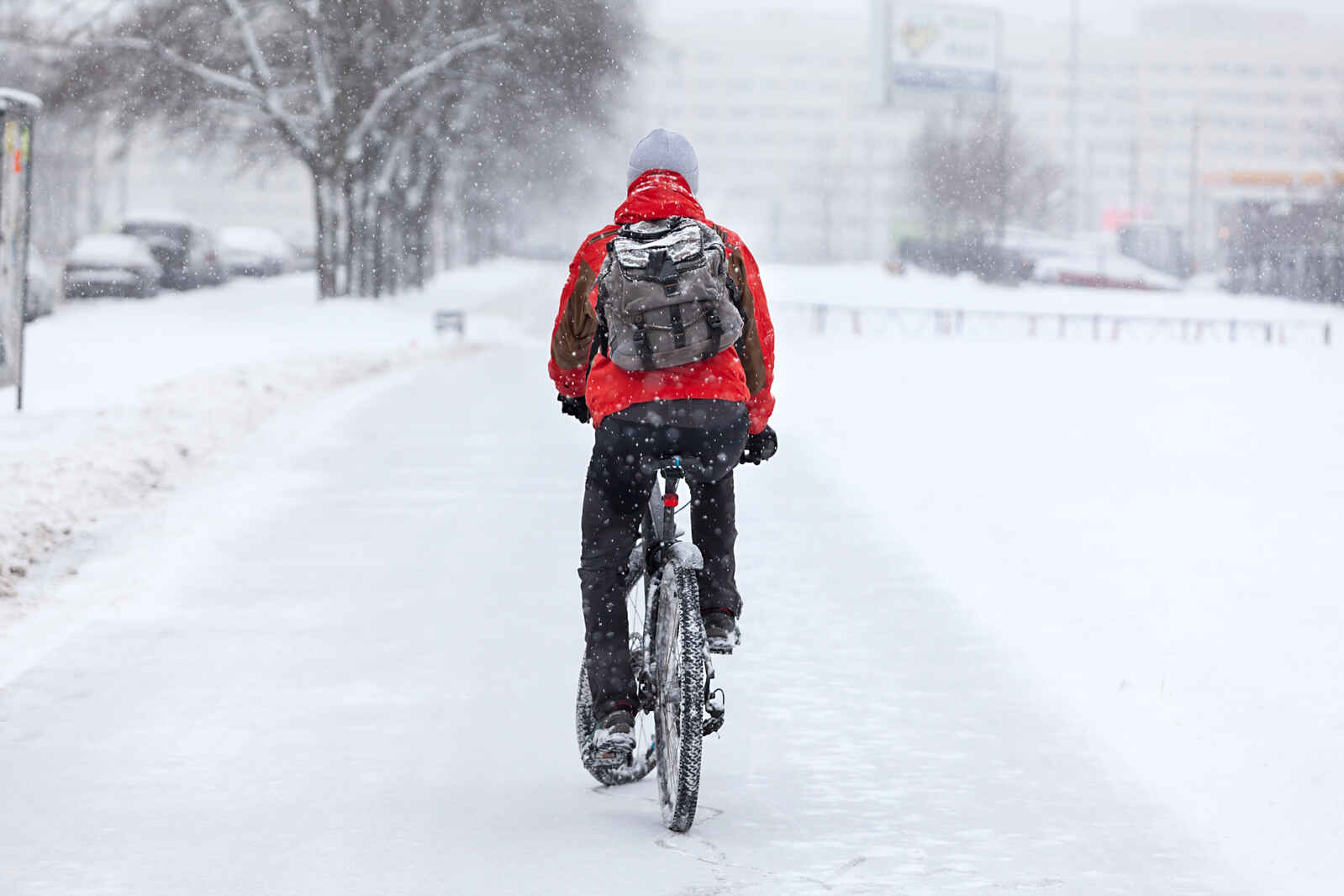November 15, 2025
•
4 minute read
The Winter Wash: Essential Bike Cleaning Tips for the Off-Season
Here is our essential advice for keeping your bike running smoothly until spring!
Ryan Elson
Founder & CMO
Winter riding is a joy—crisp air, quiet roads, and the satisfaction of pushing through the elements. But let's be honest, the mud, grit, and corrosive road salt can wreak havoc on your beloved bike.
Neglecting your cleaning regime over the colder months is a fast track to worn-out components and costly repairs. Here at bikebook, we believe that regular, targeted cleaning is the true secret to happy winter cycling.
Here is our essential advice for keeping your bike running smoothly until spring!
1. Immediate Action is Your Best Friend
The single best piece of advice for winter bike maintenance is to clean your bike straight away after a wet or gritty ride.
- Why? Wet grime and salt are much easier to rinse off immediately than when they've dried and hardened, giving them time to seep into moving parts and start the corrosion process.
- The 5-Minute Rinse: You don't need a full deep-clean every time. A quick rinse with a bucket of warm water, a soft cloth, or a low-pressure hose (avoiding direct blasting into bearings) is often enough to remove the worst of the salt and slush.
2. Master the No-Hose Wash
Many of us don't have access to an outdoor hose in freezing conditions. Don't worry, a bucket and sponge/cloth can be just as effective, and often safer for your bearings than high pressure!
- The Bucket Method: Fill a bucket with warm (not boiling!) soapy water. A gentle, bike-specific cleaner or mild dish soap works well. Use a soft cloth or sponge for the frame and components.
- The Hot Water Rinse: Keep a spray bottle or a second bucket of clean, warm water handy for rinsing off the soap residue, paying close attention to the drivetrain. Residue attracts dirt and can be corrosive.
- Avoid the Jet Wash: High-pressure washers can force water past seals and into your delicate bearings (hubs, bottom bracket, headset), washing out the grease. If you must use one, keep the pressure extremely low and aim away from bearing areas.
3. The Drivetrain is Priority #1
Your chain, cassette, and chainrings bear the brunt of winter damage. Salt and grit combine with chain lube to create a gritty paste that rapidly accelerates wear.
- Degrease Regularly: At least once a week (or after every few gritty rides), give your chain a proper degrease. Use a chain cleaning device or a stiff brush with a dedicated drivetrain cleaner. Rinse thoroughly.
- Choose the Right Lube: Forget the dry lube in winter. You need a Wet Lube or, even better, a Chain Wax.
- Wet Lube: Designed to resist being washed away by rain and slush. It's thicker and requires regular cleaning as it attracts more dirt.
- Chain Wax (Recommended): Highly durable and tends to repel grime. While the initial application is time-consuming, it provides excellent protection and keeps your drivetrain significantly cleaner. Make sure the chain is fully degreased and dry before applying wax.
4. Don't Forget the Details: Protection and Drying
After cleaning and degreasing, two steps are crucial for long-term protection.
- Dry Thoroughly: Water, especially when mixed with salt, causes rust. Use a clean, dry cloth or an old towel to wipe down the entire bike, paying attention to the chain, cassette, and brake calliper's/rotors. You can also use an air compressor or leaf blower on a very low setting to blast water out of nooks and crannies.
- Add a Protective Layer: A coat of bike protector spray or a frame wax (like you'd use on a car) helps repel water and makes future cleaning much easier. Spray lightly onto a cloth and wipe down the frame, making sure to avoid brake surfaces.
- Internal Protection: Before the season starts, apply a little grease or anti-seize to bolts, quick-release skewers, seatpost, and pedal threads. This prevents them from seizing up due to moisture ingress.
5. Storage Advice: Keep it Cool
If you've cleaned your bike outside and it's wet, try to let it air dry in a relatively unheated space (like a shed or cool garage) before bringing it indoors.
- The Freeze-Thaw Cycle: Repeatedly bringing a wet, salty bike into a warm house or garage encourages the moisture to melt, seep into components, and accelerate corrosion. Keeping it cool slows this process down.
A well-maintained bike is a safe, efficient, and reliable bike. By dedicating a little time after each ride, you'll save yourself a lot of time and money come spring!
Ready to give your bike a winter spa treatment? Would you like me to find a highly-rated, biodegradable bike cleaner suitable for winter road salt?



